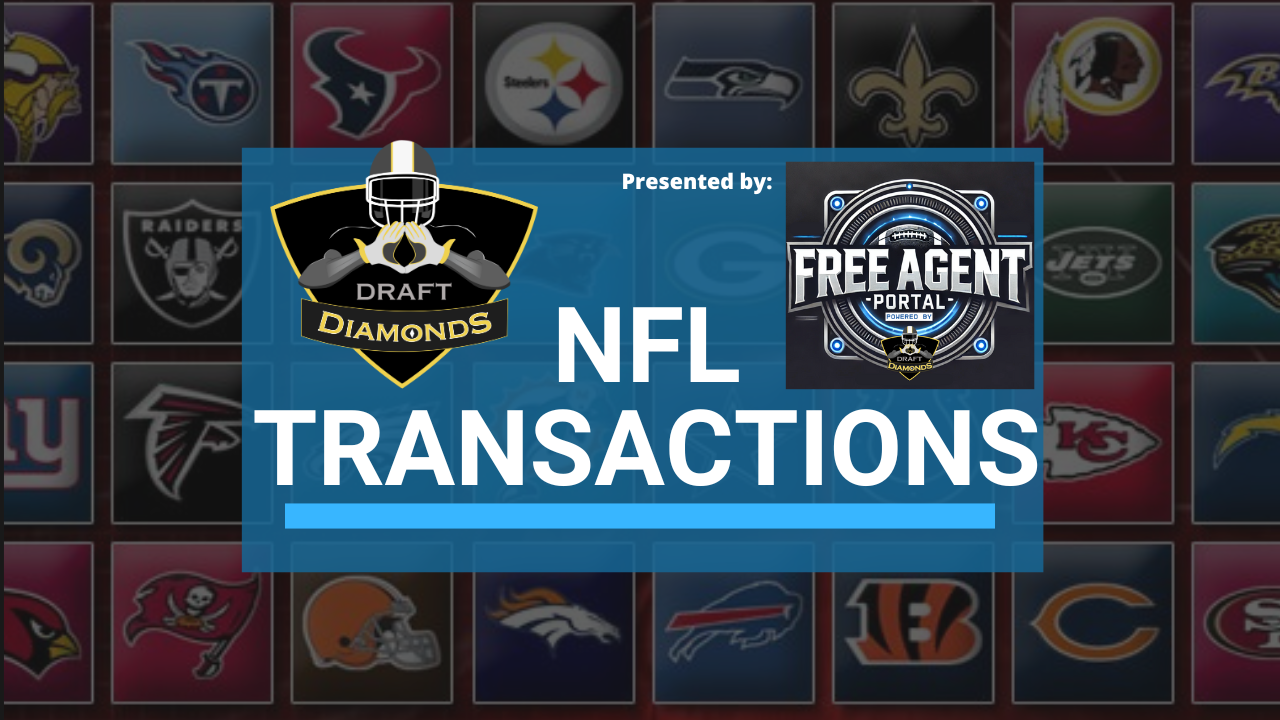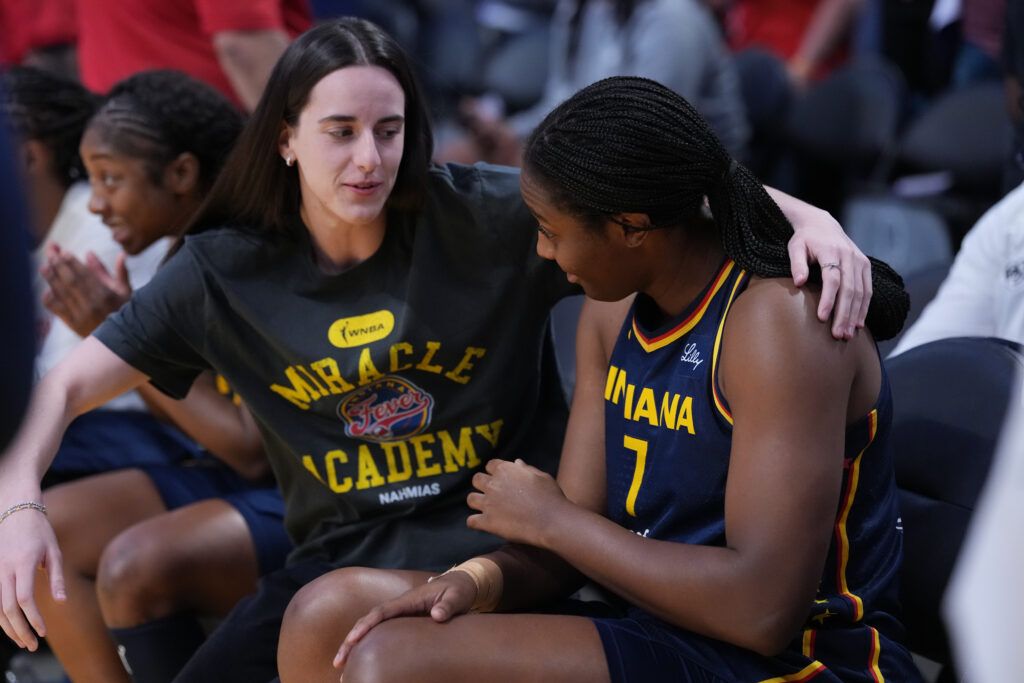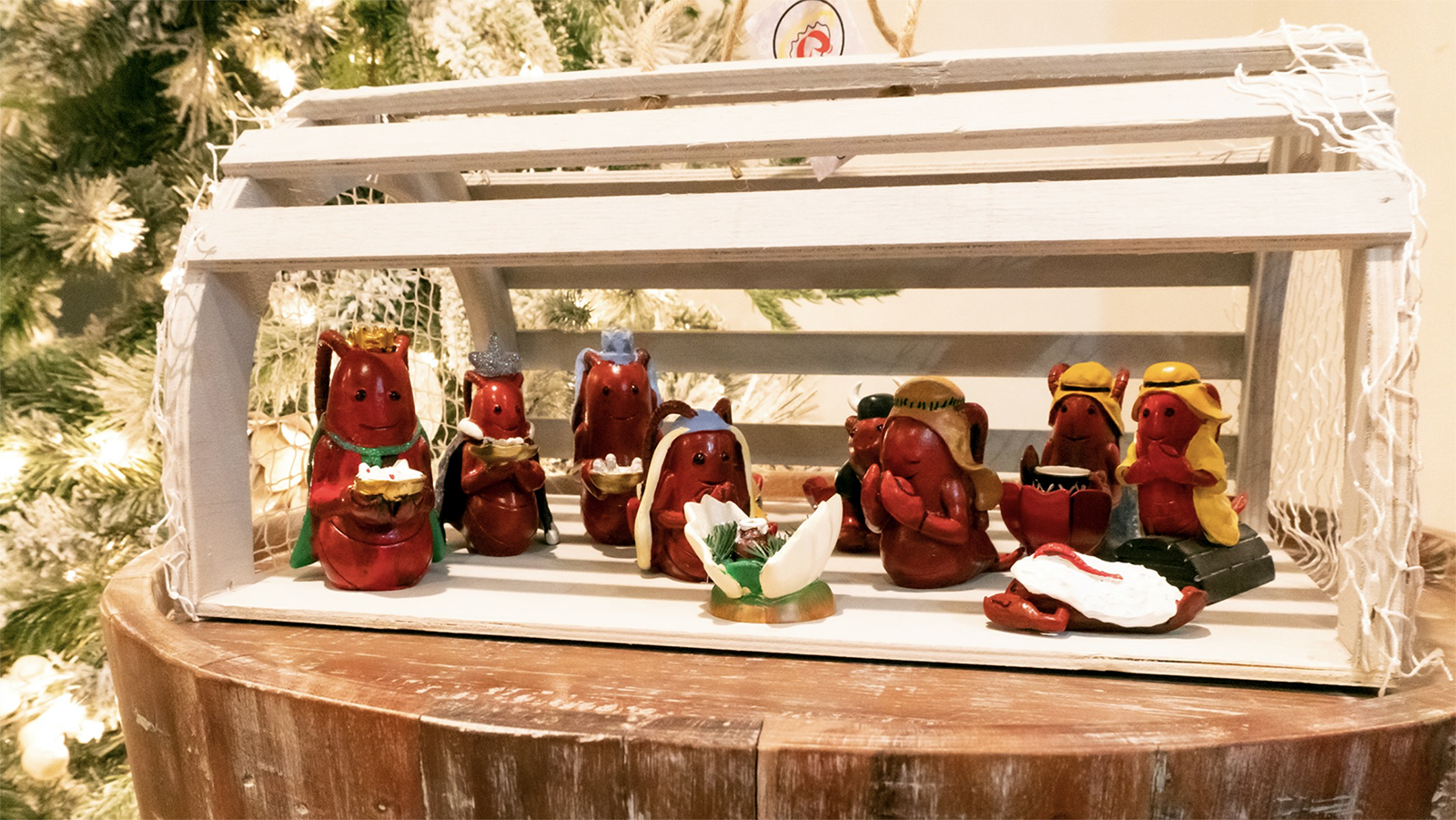Sometimes, resemblances between parent and child or siblings can be uncanny. Other times, such resemblances can pop up between aunt and niece or grandfather and grandchild. And still, other times, resemblances don’t exist at all.
One child may look like one parent, and their sibling may look like the other parent. Sometimes, certain facial traits seem to jump from one generation to the next repeatedly.
All of these outcomes lead us to wonder what impacts facial features. What part of our DNA is responsible for the structure and physical features that make us unique? And how much do other factors like our environment and our diet come into play?
Genetics and Facial Features
Genetics obviously plays a dominant role in our facial features. How else would we look so much like our family members? Still, many questions about how it all works remain.
“We know some parts of the genome that influence facial features, but our understanding is far from complete,” says John R. Shaffer, a professor of human genetics and oral and craniofacial sciences at the University of Pittsburgh.
Shaffer, along with Seth Weinberg, co-director of the Center for Craniofacial and Dental Genetics at the University of Pittsburgh, have uncovered around 200-300 genes that influence facial features, but that’s just a small percentage — around 14 percent — of those that likely play a role. We don’t yet know the full portion of the genome that plays a role in facial features, but we do know that it’s a lot and that some genes likely have more influence than others.
How Genes Affect Facial Development
Heritability studies that use identical versus fraternal twins show that genetics may play as much as 80 percent of a role in what our faces look like, says Shaffer. Our facial features are made of highly polygenic genes, meaning it’s hard to say that this gene develops the nose and that one the lips because many different genes play a role.
Additionally, researchers have seen quite a bit of













